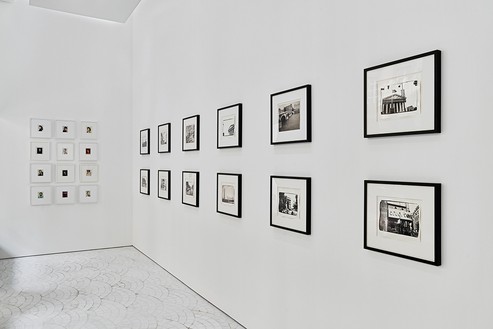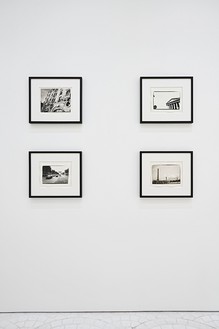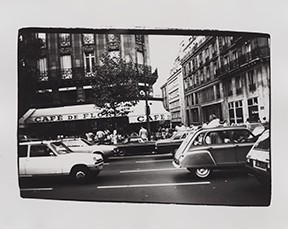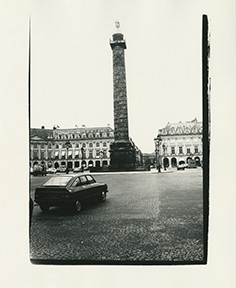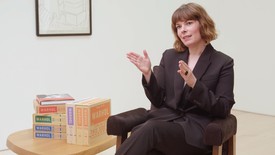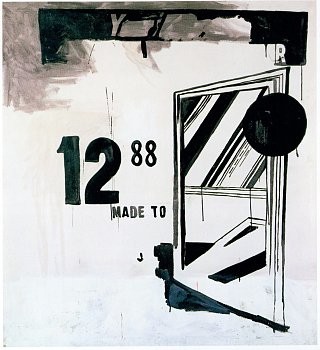About
Fashion wasn’t what you wore someplace anymore; it was the whole reason for going.
—Andy Warhol
Gagosian Paris is pleased to announce an exhibition of photographs by Andy Warhol from the 1970s to the mid-1980s. Taken primarily during his trips to Paris, the images capture notable figures in the artist’s inner circle, including many key names in fashion, and depict well-known locations in the city. All of the works come from a distinguished collection that incorporates one of the most extensive selections of Warhol’s photographs in private hands.
Warhol was a lifelong photographer and even had a darkroom in his family home when he was a young man. Best known for using a Polaroid camera, he also took photo booth strips in the 1960s, and these became the source material for paintings reflecting his preoccupation with mechanical reproduction, serial repetition, and the removal of the artist’s hand. In 1977, Swiss art dealer Thomas Ammann gave Warhol a 35-millimeter Minox camera; this essential tool, which he referred to as his “date,” was a constant companion in the final decade of his life.
The selection of photographs in this exhibition is organized into four thematic parts: Warhol, Paris, Fashion, and Celebrities. It features unique silver gelatin prints—among them self-portraits; views of metropolitan streets, buildings, and monuments; and evocations of the capital’s fashion scene—and Polaroid portraits of French and international actors, designers, and models enjoying their fifteen minutes of fame.
La mode n’était plus ce que l’on portait quelque part, c’était la raison même d’y aller.
—Andy Warhol
Gagosian Paris a le plaisir d’annoncer une exposition de photographies d’Andy Warhol datant de la période des années 1970 au milieu des années 1980. Principalement prises lors de ses voyages à Paris, les images représentent des personnalités proches de l’artiste, dont de grands noms issus de la mode et des lieux célèbres de la ville. Toutes ces œuvres proviennent d’une collection privée importante comprenant l’une des plus vastes sélections de photographies de Warhol.
Photographe de longue date, Warhol disposait déjà d’une chambre noire dans sa maison familiale. Célèbre pour son utilisation de l’appareil photo Polaroid, il a également pris des clichés dans des cabines photographiques au cours des années 1960, qui sont devenus la source principale de ses peintures, reflétant son obsession pour la reproduction mécanique, la répétition en série et la suppression de la main de l’artiste. En 1977, le marchand d’art suisse Thomas Ammann a offert à Warhol un appareil photo Minox de 35 millimètres ; cet outil essentiel, qu’il appelait son “rendez-vous”, était un compagnon fidèle durant la dernière décennie de sa vie.
La sélection de photographies de cette exposition est organisée en quatre volets thématiques : Warhol, Paris, la mode et les célébrités. Elle présente des tirages uniques à la gélatine argentique – parmi lesquels figurent des autoportraits, des scènes de rue, des bâtiments et des monuments, ainsi que des références à la scène de la mode parisienne – et des portraits polaroïd d’acteurs, de designers et de mannequins français et internationaux profitant de leurs quinze minutes de gloire.
Outre sa résidence new-yorkaise, Warhol occupait un appartement à Saint-Germain-des-Prés. Cela facilitait ses visites fréquentes dans la capitale, au cours desquelles il faisait de la ville elle-même un de ses sujets récurrents. La partie de l’exposition consacrée à Paris, exposée rue de Castiglione, comprend des photographies de monuments phares, tel que l’Arc de Triomphe. Une photographie datant de 1981 du Café de Flore, l’un des plus anciens cafés de la ville et l’un des lieux de prédilection de l’artiste, a été prise de l’autre côté du boulevard Saint-Germain. L’image de la place Vendôme, qui borde la galerie dans le premier arrondissement, illustre l’architecture caractéristique de ce quartier parisien.
La section de l’exposition centrée sur Warhol comprend deux autoportraits qui reflètent la fascination perpétuelle de l’artiste pour sa propre image et sa médiation pop-culturelle. Andy Warhol on Façade Magazine cover (c. 1977) représente un tirage de la composition éponyme, qui présente une photographie de Pierre Commoy de 1977 de Warhol avec le modèle Edwige Belmore, alias la “reine du punk”. Le polaroïd Self-Portrait in Fright Wig (1986) fait partie d’une série présentant l’artiste arborant une chevelure artificielle argentée et sauvage qui contraste, comme sa peau blafarde, avec ses lunettes de soleil et le fond noir de la photographie. Le caractère dramatique et mystérieux de la composition semble présager la mort de Warhol quelques mois plus tard, en février 1987.
Parmi les nombreuses photographies témoignant du statut de Paris en tant que hub mondial de la mode, on trouve des portraits – certains formels, d’autres plus spontanés – de stylistes célèbres comme Azzedine Alaïa, Jean Paul Gaultier, Hubert de Givenchy et Sonia Rykiel. L’exposition présente également plusieurs photographies commandées par Vogue – dont deux collages composés de plusieurs clichés, James Brown and Model (1984) et John Sex, Andre Walker and Two Unidentified Men (c. 1984) – ainsi que des polaroïds commandés par Warhol, toujours à l’affût de faire des affaires, pour des marques telles que Halston (Shoes [1981]) et Levi’s (Blue Jeans [1984]).
Pour finir, parmi les sujets étincelants du volet des célébrités de l’exposition figure Régine Zylberberg, amie intime de Warhol et “Reine de la Nuit”. Un polaroïd de 1977 révèle la légendaire aficionado des clubs à la chevelure rousse – qui a créé la toute première discothèque du monde, Chez Régine, à Paris, et a été pionnière dans l’utilisation des doubles platines comme outil de diffusion musicale – vêtue d’une robe de soirée sans bretelles et regardant le spectateur par-dessus son épaule d’un regard espiègle.
#AndyWarhol
Artist
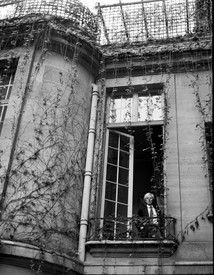
In Conversation
Christopher Makos and Jessica Beck
Andy Warhol’s Insiders at the Gagosian Shop in London’s historic Burlington Arcade is a group exhibition and shop takeover that feature works by Warhol and portraits of the artist by friends and collaborators including photographers Ronnie Cutrone, Michael Halsband, Christopher Makos, and Billy Name. To celebrate the occasion, Makos met with Gagosian director Jessica Beck to speak about his friendship with Warhol and the joy of the unexpected.
Andy Warhol: Silver Screen
In this video, Jessica Beck, director at Gagosian, Beverly Hills, sits down to discuss the three early paintings by Andy Warhol from 1963 featured in the exhibition Andy Warhol: Silver Screen, at Gagosian in Paris.
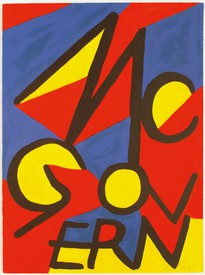
The Art History of Presidential Campaign Posters
Against the backdrop of the 2020 US presidential election, historian Hal Wert takes us through the artistic and political evolution of American campaign posters, from their origin in 1844 to the present. In an interview with Quarterly editor Gillian Jakab, Wert highlights an array of landmark posters and the artists who made them.
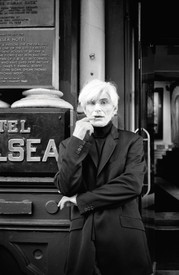
I’ll Be Your Mirror: Allen Midgette
Raymond Foye speaks with the actor who impersonated Andy Warhol during the great Warhol lecture hoax in the late 1960s. The two also discuss Midgette’s earlier film career in Italy and the difficulty of performing in a Warhol film.

Andy Warhol: From the Polaroid and Back Again
Jessica Beck, the Milton Fine Curator of Art at the Andy Warhol Museum, Pittsburgh, considers the artist’s career-spanning use of Polaroid photography as part of his more expansive practice.
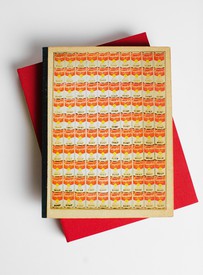
Book Corner
On Collecting with Norman Diekman
Rare-book expert Douglas Flamm speaks with designer Norman Diekman about his unique collection of books on art and architecture. Diekman describes his first plunge into book collecting, the history behind it, and the way his passion for collecting grew.
